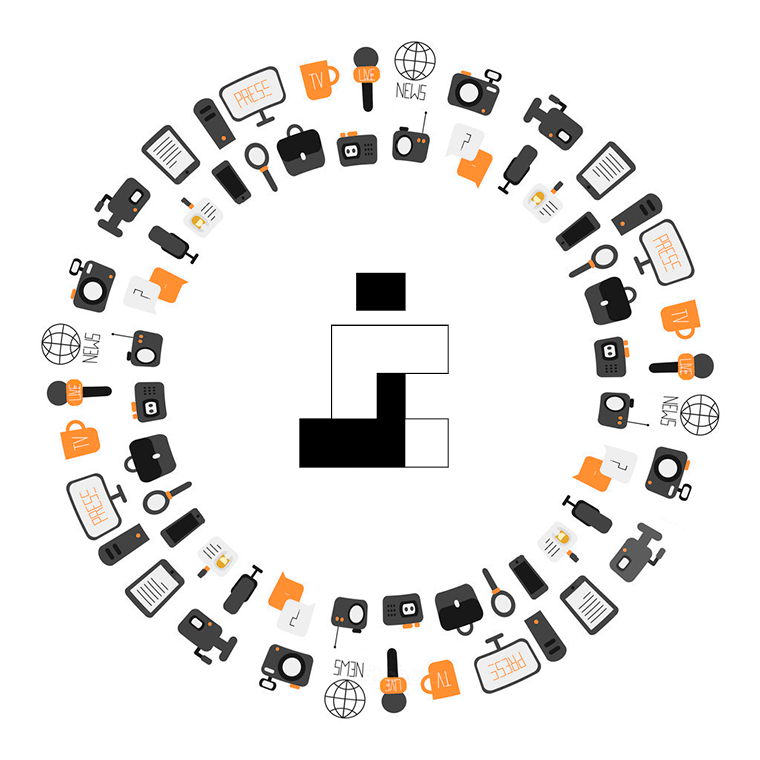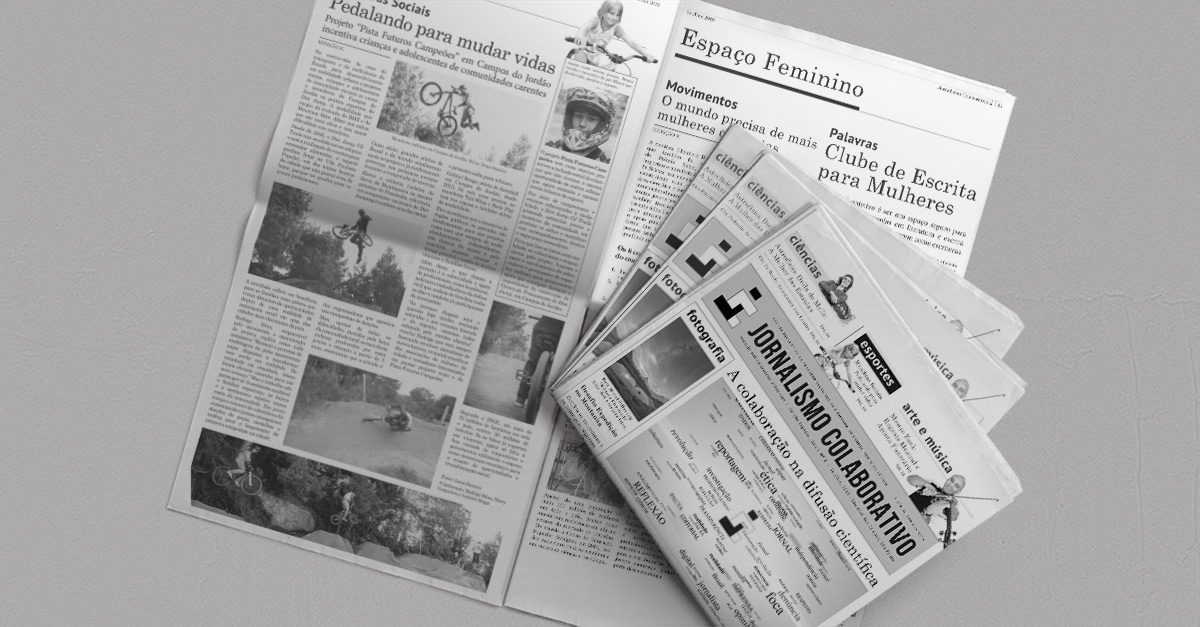With the paradigm change assigned to the post industrial journalism in the convergence of the social media, the reader stopped being a receiver to become an observator, and now can tell stories and even act as a “reporter” although not being ready to investigate an information properly, produce a report or manage an editorial place.
In a new report published by the Columbia University (USA), the post industrial journalism starts by the principle that current institutions will lose profits and market share and if they want to keep themselves or even increase their relevance, they’ll have to explore new methods of work and processes made possible by the social media.
If only with a cellphone and access to the web any person can publish information into a news website, so the presence of journalists experienced on platforms of editing and publishing, becomes more than necessary. In the same way it must happen to the appliance of editing rules and techniques in interchange with public interests, considering that the overture of content in digital shape offers free-of-charge resources of publishing, and it can spoil the quality of the information, demanding more attention from the media vehicle to its reader audience that also turned into citizen-reporter.
For that reason the collective processes and the colaborative tools available in the digital medias have contributed to the enhancement and specialization of the journalist as a changing agent of society. In this way, the journalism gets stronger with the new technologies, giving immediate information and interactive resources which drag attention of people who are each time more connected and participative.
It is importante to start a contextualized discussion between the mass communication and the web journalism while observing that the world’s finantial crisis and the digital revolution have been two of the main factors for the growing of the collaborative expenditure, including the published and shared information, may it be by the oficial means of communication, alternative or even by the customer of news itself, represented by the reader, listener, viewer or internet user.
The work of a journalist, adman or radio and tv professional demands methods of editorial convass and production, and must be lined by ethics and clean-fingered to the society. Considering some pillars and basic precepts that show the difference between a dictatorship and a democracy, the right to expression and freedom of press, this website shall treat the collaborative journalism as an importante practice in the democratic exercise and in the Science propagation.
Facing the need to discuss, in a sharp way, the relation that exists between politics and communication, it is possible to estabilish a comparision between the building model of a reality when it’s submitted to the censorship and how it is built by the communication organisms, according to the finantial and social interests resulting of journalism.
Therefore, it’s correct to assure that the capability of persuading with sensory mechanisms in order to awake emotion in an attempt to control the public opinion, reveals that within the theories of the german scientist and sociogist, Elisabeth Noelle-Neumann, the hypodermic patterns have been used in the press since its conception. The theory defined in 1970 can explain the reasons related to the abstence, by the great media, in giving bigger space and time to the come-and-go of news of public interest, as well as several more scientific and cultural researches.
Considering these aspects (the analysis of the public, definitions and concepts of patterns related to the distribuition and the publishing of online content), the website JornalismoColaborativo.com offers solutions for the creation of more open channels of information and news as an alternative of avoiding the phenomenon known in the scientific journalism as “The Spiral of Silence”.
With this website, it’s intended to encourage the process of social change by the collaborative journalism, so the impact generated is enough to call the individual’s attention for knowledge or even trigger the responsible organizations and institutiuons for acting legaly in face of the needs of a citizen or even the community in which the citizen is in.
Thus, through an exhausting research work, it was possible to come to the conclusion that the understanding and the advances of the editorial mechanisms and techniques meet the collaborative journalism, in other words, it constitutes a new formal communication, putting together Science and Culture.
(Part of the Conclusion Course Paper about Journalism, which had the FULL MARK by the “Faculdade de Ciências Sociais Aplicadas e Comunicação” (FCSAC), Universidade do Vale do Paraíba (UNIVAP), in São José dos Campos – SP. Dezembro, 2015)
O Jornalismo Colaborativo como agente de transformação social
A colaboração na difusão científica
A Faculdade de Jornalismo Colaborativo em Washington
Sobre o Jornalismo Colaborativo
Primeiro Simpósio de Jornalismo Colaborativo
Collaborative Journalism Summit – Center for Cooperative Media








